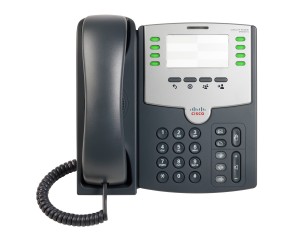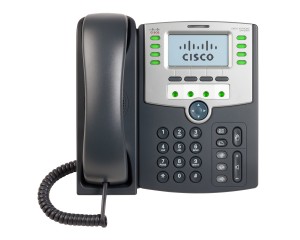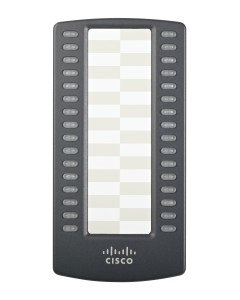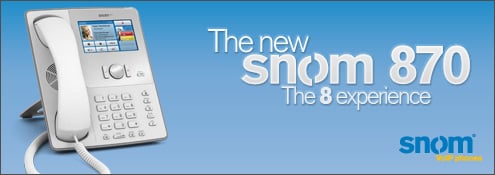First Look: Cisco SPA501G IP Phone
The Cisco SPA501G joins the already released Cisco SPA525G as part of the Cisco Small Business Pro product line. The Cisco SPA501G is an 8 line IP phone with dual switched ethernet ports and support for IEEE Power Over Ethernet (POE). The Cisco SPA5001G can also be powered via an external AC power supply (not included with the phone).
With a manufacturer list price of $135, the Cisco SPA501G has 8 dedicated line LEDs and a removable paper insert instead of an LCD display. You can purchase the Cisco SPA501G now on VoIPSupply.com for $104.95/ea. The paper insert is designed to organize extensions and speed dial numbers for quick reference. The Cisco SPA501G is intended for use in break rooms, retail desks or common areas where a display is not needed. The SPA501G also features a Full Duplex Speakerphone, Message Waiting Indicator Light, 4-way navigation key, and 12 button dial pad, dedicated illuminated buttons for Volume, Hold, Menu settings and Voicemail access. (more…)







 I’ve
I’ve